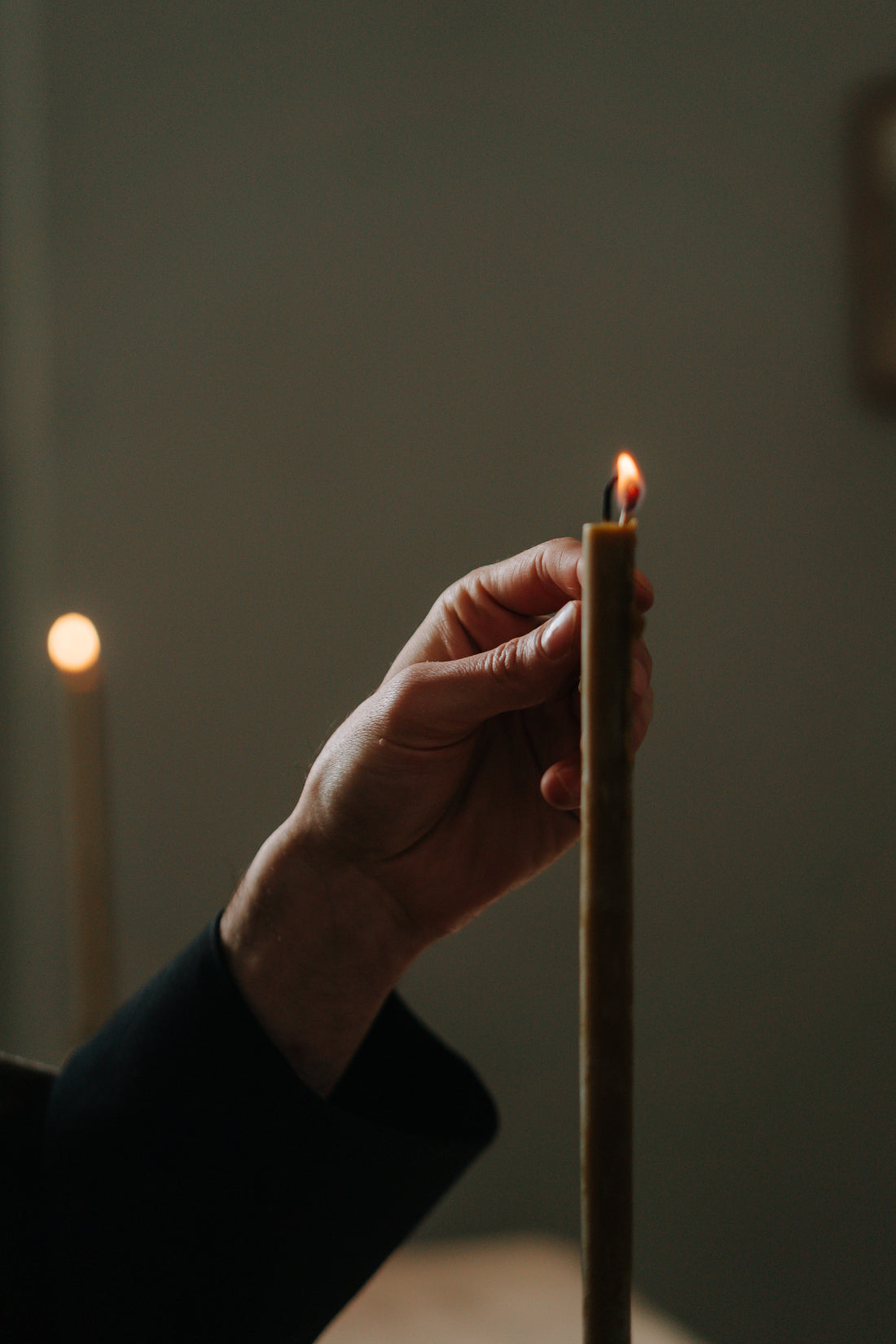
Trataka, the Practice of Still Gazing (Tratak Meditation)
Share
An unfailing sign of a true yogi is stillness of the gaze
Many years ago, someone who used to work for me was struggling with poor memory. He wanted to be alert and disciplined, but it was almost like laziness was a disease and he was suffering from it. Not in the physical sense because he was out and about working on stuff all the time, but there was no productivity, focus or any significant output.
It was clear that he severely lacked focus. I told him to practice trāṭaka for three months every day. It would help him with his memory and focus. He followed the instructions diligently and at the end of three months, there was remarkable improvement in his memory and recall. But memory improvement was not the main thing. As a result of the practice, another, totally unexpected, thing happened.
He reported a blurred vision in spite of wearing spectacles. He went to the optometrist only to find out that he no longer needed the prescription glasses (for shortsightedness or myopia). He had been wearing glasses for more than a decade. I have observed on numerous occasions that yogic practices do channelise the flow of various energies in the body. It changes your gaze, gait and movements. It even affects your speech in its own positive way. You slow down a bit, but become more effective, more mindful.

Stillness of Gaze
An unfailing sign of a true yogi is stillness of the gaze. Even some advanced meditators struggle to keep their eyeballs still (even when their eyes are closed). Stillness of the gaze has a remarkable effect on the energy flow in your body. There is a specific yogic practice to perfect your gaze. The method of fixing your gaze on an object is called trāṭaka. Movement in the eyes, flickering of the eyelids represent a subtle flaw in your posture as well as meditation. Practice of trāṭaka is the best practice to eliminate this flaw. Like all other yogic practices, do it every day for at least 40 days to benefit from it.
How to Do it Right
- Assume the standard yogic posture for meditation, preferably cross-legged.
- Light a candle, at a distance of about three feet in front of you. You can also keep any other object than a candle if you prefer
- Ensure the candle or any other object of focus is at your eye-level.
- Watch it unblinking for a minimum of seven minutes. You can gradually increase the duration.
- During the actual practice, try to be aware of your wandering thoughts and gently bring your mind back to the object.

You will notice in the chart (bellow) that still body and still gaze are red impact items, which means if you move your body or shift your gaze while practising trāṭaka, that is instant failure. Reset the clock and start again. If you are unable to control your eye movement and end up blinking, it is not a problem, simply be mindful and carry on. You may experience your thoughts flow. Ideally it should be restricted, but it is natural and a green impact item, which means you do not have to stop your practice. Let us say you decide to do trāṭaka for a period of seven minutes. For those seven minutes, you must still be like a rock restricting your eye movements as well. It is important to not blink at all. Tears will start to roll down, but you should stay unmoved. If it gets really uncomfortable, you can blink. The ability to not blink improves over time and with practice.

Each time your mind goes off the tangent, bring your focus back to the object. You can do trāṭaka on any object, but doing it on a candle flame has a purifying effect on the mind. It is best to do the practice at least twice a day: in the morning and before going to bed at night. Steadily and gradually increase your ability to stay unblinking as part of this practice. It requires patience and resolve. The right practice of trāṭaka helps one still the mind and calm it down. It acts as a catalyst in building one-pointed concentration with better memory retention and recall. However, these are not the only benefits. Your body is run by ten different energies, five primary and five secondary.
The five secondary ones are called nāga, kūrma, kr̥kara, dēvadatta and dhanañjaya; they are responsible for belching, sneezing, blinking, yawning and twitching respectively. The practice of trāṭaka stills the five secondary energies, giving you control over the aforesaid involuntary functions of the body. Such control is necessary for the advanced seeker who wishes to enjoy uninterrupted tranquil equipment.

During meditation, if any of the above five occurs, an awareness of the body emerges instantly, abruptly breaking the state of oneness.
The practice of trāṭaka is the easiest way of introducing anyone to the practice of meditation, even kids above the age of six years. As they experience a certain stillness and calm from still-gazing, they would automatically be drawn to the beauty of meditation.
Vijnana Bhairava Tantra mentions that
“One should fix his gaze on a treeless place, like bare mountains or rocks, where there is no support for the mind to dwell on. Then the modifications of the mind become less and the experience of dissolution takes place”.
- Om Swami
